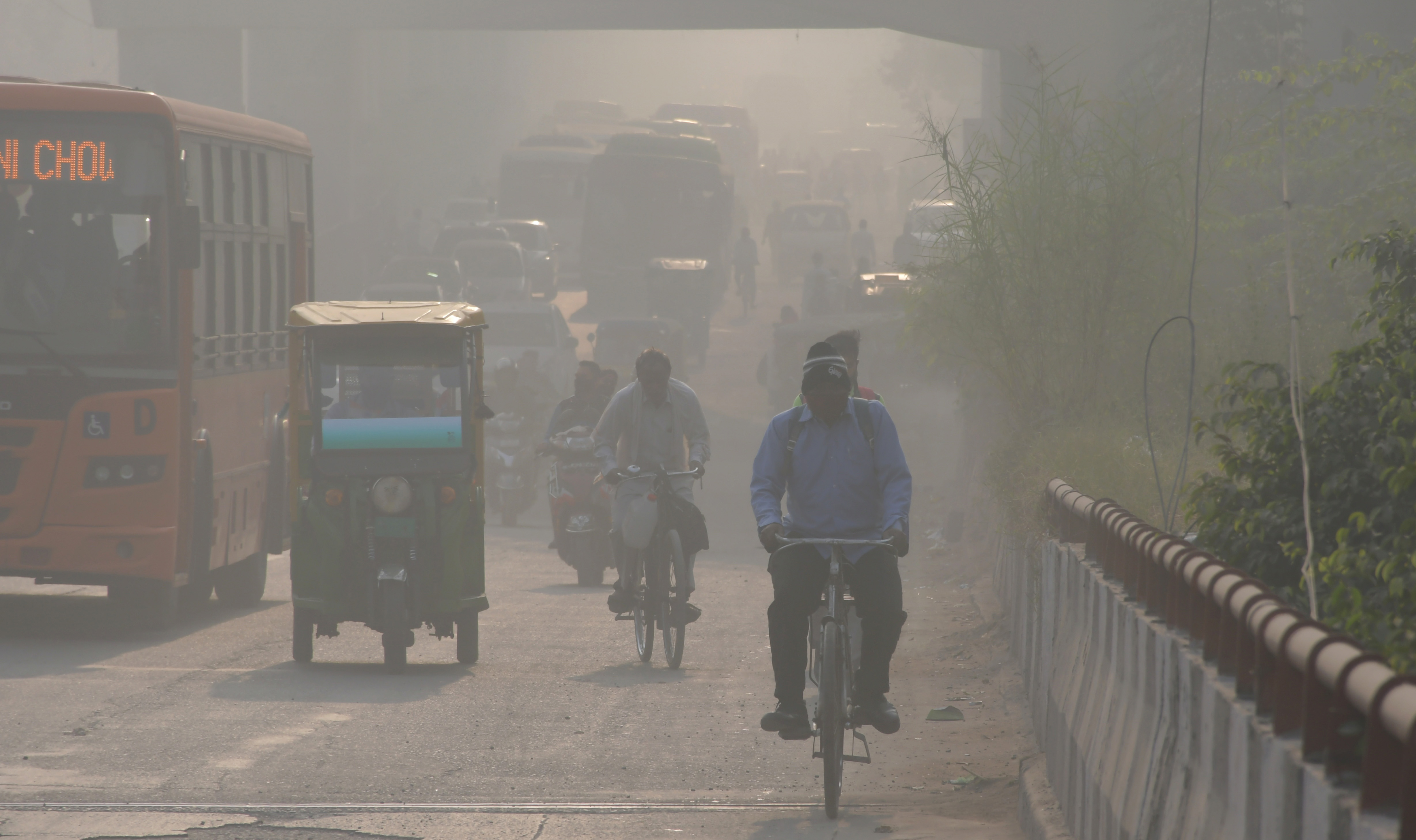Huge gap between science-based air pollution research and policies on air pollution, say experts and environmentalists.
New Delhi: Various experts and environmentalists have claimed that no scientific data is available to understand the effectiveness of smog towers. The experts have also highlighted that there is a huge gap between science-based air pollution research and the policies on air pollution that we have in our country.
“There is no scientific data available in the public domain that addresses the efficacy of smog towers. Given the scale of pollution, size and the population of the city, no smog towers would work. Also, each smog tower will cost Rs 20 crore. We need to look at the source of pollution, rather than allowing pollution to happen and then spending money and technology to clean it,” Vimlendu Jha, an environmentalist, told The Sunday Guardian.
Similarly, the smog towers are expected to work only in the areas where they are located. Dr Pratima Singh, a research scientist at the Centre for the Study of Science, Technology and Policy (CSTEP), said, “Smog towers will not be effective in reducing the ambient air pollution level in any city, they can just help reduce pollution levels in the vicinity that they are placed.”
However, the data shows that the smog towers’ installation will not be a successful pilot project
Dr Pratima also shared the same view and said that such projects are a sheer waste of public money. “Had smog towers been effective, most of the polluted cities in the world would have installed them by now. Many governments across the world, such as the UK, the US, believe and have informed us that these kinds of solutions are not effective. Spending public money on such measures is a sheer waste of resources,” she told the newspaper
She also added, “Smog towers cover only a small area, lack of understanding on air pollution, science, how pollutants interact with the atmosphere, and how it travels, are one of the key reasons why governments adopt such measures.” There is a huge gap between science-based air pollution research and policies to control the pollution in our environment. Also, the AQI doesn’t help in the scientific analysis since the lawmakers have cut off access to actual data from several monitoring stations. “AQI is just an index, it doesn’t measure the actual quantity of pollutants in the air. We should do more research on air pollution. Nobody looks at the nature of pollution and the nature of smoke in stubble burning. The burning of partially dried up material is dangerous because the constituents of that smoke are hazardous. Similarly, the number of metallic compounds that are released after burning is also hazardous to our health. AQI only looks into the amount of suspended particulate matter. We should also look into the fact whether the stubble is partially green or completely dried up,” Prof Dr Maharaj Pandit, department of environmental science, Delhi University, told this paper.
Also, many tier-2 and tier-3 cities ignore the sources that add emissions. Additionally, the lack of monitoring stations makes it difficult to grasp the actual pollution levels. “Most of the evidence of air pollution levels in the country is available only in the major cities like Delhi, Mumbai, Bengaluru and so on, but the tier-2 and tier-3 cities ignore the emission inventory and source apportionment study, they don’t even have enough monitoring stations to capture the pollution levels. These are some of the main reasons for the lack of evidence-based policies in such areas,” Dr Pratima said.
There is a strong need for law enforcement in our country. People must have obligations to follow the laws of the government. Prof Dr Pandit recommended, “As a citizen, we need to obey laws. However, the government does not enforce some traffic laws that have been formulated for the public. In Delhi, we see unnecessary engine idling when the signal turns red. Many roads in Delhi are congested due to roadside shops and stalls. Some people often take kutcha roads due to traffic jams adding pollutants in the air. Many trucks and buses take kutcha roads, but not many studies are conducted on the number of dust particles spread by these vehicles. This is a multi-faceted problem so the enforcement and discipline to follow the laws must be ensured by the government.”
Advising on controlling the pollution and emission, Dr Pratima suggested: “Carrying out certain measures and focusing on controlling vehicular emission, industrial emission and seasonal episodic events will play a key role in reducing emissions, which will lead to improved air quality. Instead of going for measures such as smog towers, the government should focus on direct sources.”

